#60yearsofJamesBond: GoldenEye
Pierce Brosnan's first film as 007 sees Bond going up against an enemy who knows him like no other. This time, it's personal...
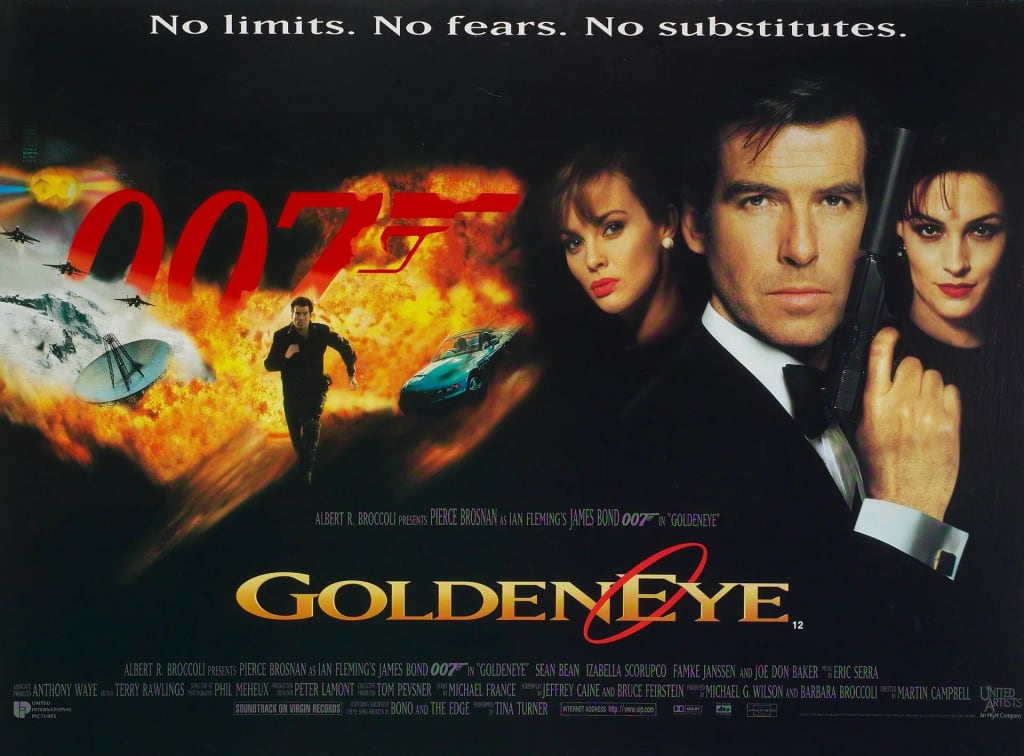
This instalment of #60yearsofJamesBond is dedicated to the memory of Robbie Coltrane - 1950-2022.
The early 1990s was a particularly bleak time for James Bond. While the preceding two films in the series, 1987's "The Living Daylights" and 1989's "Licence to Kill", had been fairly successful, there was a sense that, even with Timothy Dalton's reinvigorated take on James Bond, the franchise was in serious need of a rampant success story. Added to that, the end of the Cold War, a new era of political correctness, the beginning of the countdown to the new millennium, and legal difficulties between Metro-Goldwyn-Mayer and Danjaq, who held the rights to the Bond film series, and it felt like there might never be another film: in many ways, "Licence to Kill" had felt like a place to end, and one that, perhaps, they wouldn't come back from. As such, it looked like the end of the swarve secret agent: a situation made even more likely by the protracted legal situation between Albert R. Broccoli and MGM. By 1993, it looked like Bond would be returning to the silver screen: however, despite sounding interested in the film's initial development, Dalton decided not to reprise the role as he felt unable to commit to more films beyond "GoldenEye". As such, Barbara Broccoli, who was now producing the Bond series with her husband Michael G. Wilson, would have to find a new Bond. To find their new Bond, the producers went back to their initial choice for Roger Moore's replacement: Pierce Brosnan. Released in 1995, "GoldenEye" was the smash success the producers had been hoping for, and has since gone on to be seen as a high watermark for the series. However, while I see a lot of the appeal of this film, I personally don't find it as good as most other Bond fans do. There's a lot of good ideas here, and some aspects of the film work surprisingly well. However, there's something just something missing for me, and it isn't quite the high watermark for Bond films as some seem to claim that it is.
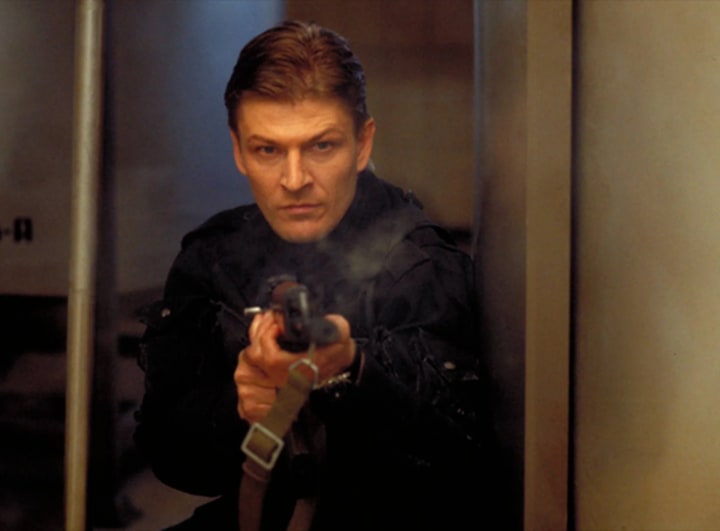
Opening with one of the most impressive stunts in Bond history (the dive off of the dam is simply breath-taking), we are plunged into a pre-titles sequence which deftly sets up the relationship between Bond and Trevelyan, as well as introducing us to secondary villain Ourumov. In many ways, it is a classic Bond set up: Bond on a side mission that has a connection to the main film, something goes wrong, a death-defying stunt and a big explosion. It sets the tone for the rest of the film to come: a classic 1960s Bond set-up, but retooled for the 1990s. It's clear a lot of inspiration has been taken from the Bond films helmed by Sean Connery: there's a reduced focus on M, Q, Moneypenny and MI6 more widely, and a renewed focus on action, girls and gadgets. The main plot is textbook Bond: a secret superweapon has been stolen, and Bond will need to go behind the Iron Curtain to track it down. There, he will faced psychotic generals, a sadistic murderer with a passion for erotophonophilia, and come face to face with someone he believed was dead... As I say, textbook Bond. However, rather than trying to recapture some former glory, this film is about trying to push Bond forward, while at the same time understanding what made it work in the past. So, Bond goes into the post-Cold War era, where it seems like the age of spies and spying was over, and proves his own existence. Nowhere is this approach better summed up than in Bond's meeting with M, which presents all the old clichés and arguments against continuing Bond, and then lets the film pick all these clichés apart one by one. In many ways, this is one of the film's greatest success stories: it absolutely destroys the idea that we won't ever need James Bond again, and makes the case for Bond's continued presence in the 1990s. However, the aspects that are the most interesting parts of the film are sadly sidelined and underdeveloped: the idea that Bond and Trevelyan are two sides of the same coin, Bond questioning his own insecurities and flaws, even Trevelyan's revenge sub-plot: they are all underdeveloped, and were worthy of taking further as concepts and ideas. Instead Trevelyan's motivation is boiled down to 'cyber attack to make money', which, as Bond villain motivations go, is rather lacklustre. Sure, he may have an insanely overcomplicated plan, but, basically, he's a glorified bank robber. As motivations go, it's hardly up there with the best Bond villains.
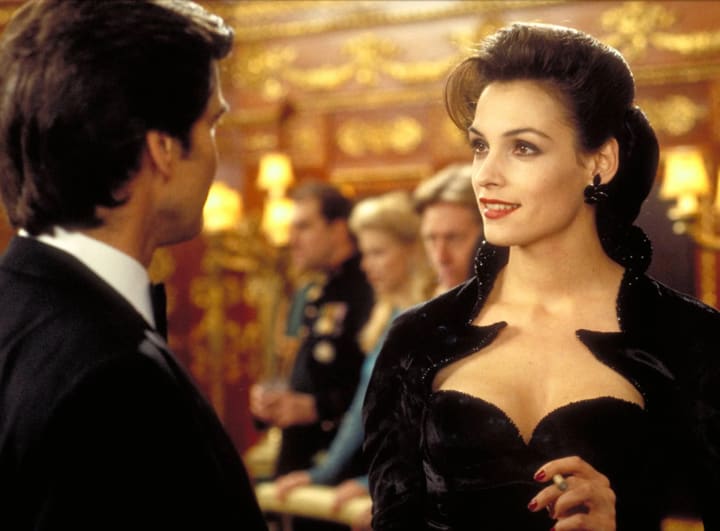
While I do think that the film has an issue with Trevelyan's motivations, and what the film is setting him up to be versus what he is, the rest of the plot is as tight as a drum, and very redolent of the 1990s. In the age of Millennium Bugs and digital tech, a Bond villain using an EMP to achieve their ends is a perfect gimmick, and the GoldenEye weapon is reasonably presented as a genuine threat. Superweapons are the Bond franchises' bread and butter, but rarely are they as convincing and destructive as they are here. Nuclear weapons are all well and good, but an EMP? That's something different. It's got more of a tangible basis in your everyday life, and, especially now, in the digital age, it's a more terrifying prospect than ever before. This film feels a world away from "Licence to Kill"; both tonally and in terms of the world it occupies. The end of the Cold War, and the brave new world that was the 1990s puts Bond in a completely different position, and, rather than shying away from that, the producers very much embrace that approach. Nowhere is that better summed up than in the scene between Bond and M - now played by Judi Dench. It's a meeting of the new order and the old guard, and it exemplifies this approach to Bond perfectly. The line "you're a sexist, misogynist dinosaur. A relic of the Cold War" remains one of the best lines in a James Bond film, and, unlike previous 'briefing' scenes, actually features some real tension between Bond and M. The idea of a female M feels like a genuine attempt to bring the franchise more up to date, while still keeping the character of Bond faithful to his roots. What makes this choice even better is picking Dame Judi Dench to play her - it is simply inspired casting. In two small scenes, she makes more of an impression than Robert Brown ever did, and she practically steals the show. Even in Bond's relationship with his love interests does the film feel much more progressive. It's a relationship of equals: Bond doesn't just take Natalya in his arms, and she becomes infatuated with him. He has to work to earn her trust, and they start in a very different place to where they end up. It shows that the producers were trying to take the characters on a journey with this film, and that they're not just satisfied with the formula as it was. It does, of course, bring me back to the point I made above: that this isn't as developed anywhere near as much as it could have been. The scenes where we see the two connect as people are some of the strongest in the film: I just wish they'd have given more time to those aspects, rather than convoluting the plot, which, let's be honest, was already rather convoluted. There's lots of really good stuff here, I just feel like they could have pushed it further to make it even more successful.
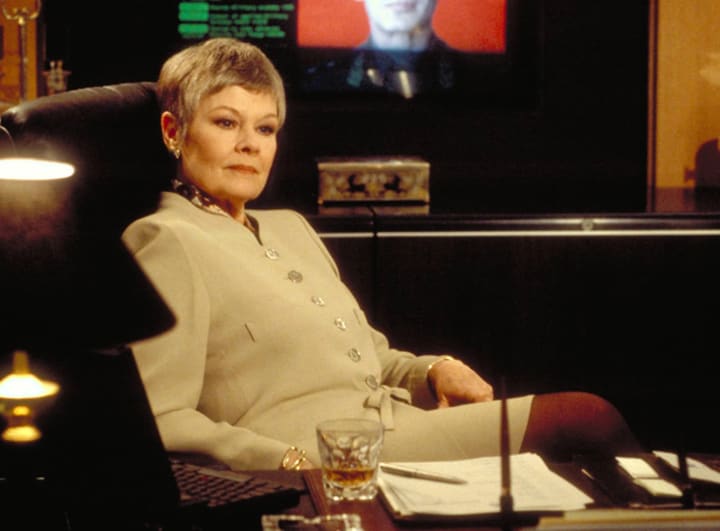
While Bond, the villain, M and Bond's love interest all get a refreshing update, a lot of the other characters remain and honour the traditions of the Bond franchise in years gone by. They are clichés, but the film is aware of their cliché nature, and tries to have some fun with them. Xenia Onatopp is probably the biggest cliché there is: she harks back to the villainous Bond girls of films like "The Spy Who Loved Me", "You Only Live Twice" and, perhaps most notably, "Thunderball". A sadistic lust murderer with a passion for getting off on murdering people, and with a name like Onatopp? I mean, she's got to be a walking cliché, hasn't she? That's not to say there's anything wrong with that: as I mentioned above, this film has a sense of fun about it, and isn't afraid to show it off. It helps that Famke Janssen is so wonderfully brilliant in the role, and brings not just the glamour, but the danger the part needs. Boris, the smug computer hacker, could have been an irritant, but thanks to some tight dialogue and a wonderful performance from Alan Cumming, he's actually fairly likeable, even if you do cheer a little bit when he gets his comeuppance. While Bond doesn't have quite the same camaraderie with Joe Don Baker's Jack Wade as he did with Felix Leiter (but, after the events of "Licence to Kill", it was quite natural the producers wouldn't bring him back), there's a fun dynamic between the two, and Don Baker plays the part perfectly, despite making a better villain in "The Living Daylights". Of course, there's Robbie Coltrane's Valentin Zukovsky, who, despite only having about five minutes of total screen time, comes close to stealing the whole film. It was a turn so strong that people were actually crying out for him to come back (and that's why he ended up in "The World is Not Enough"), which, when you've got an actor like Coltrane bringing him to life, is not surprising. As well as a new M, we also get a new Moneypenny, played wonderfully by Samantha Bond. While Bond may not feel a natural fit for the role, her chemistry with Pierce Brosnan is palpable, and the slightly more risker banter between the pair echoes Lois Maxwell's dynamic with Sean Connery's Bond. Izabella Scorupco is fantastic as Natalya: she creates a genuinely believable character, and feels more like an ordinary person caught up in the extra-ordinary events of a James Bond film, rather than a supermodel or another powerful secret agent. As for Sean Bean... well, he's just brilliant. He's having so much fun with the part, and I love how he riffs on the stereotypical upper crust British accent. He's a wonder in the part, and really sets the tone for all the other Brosnan-era villains, to varying degrees of success.
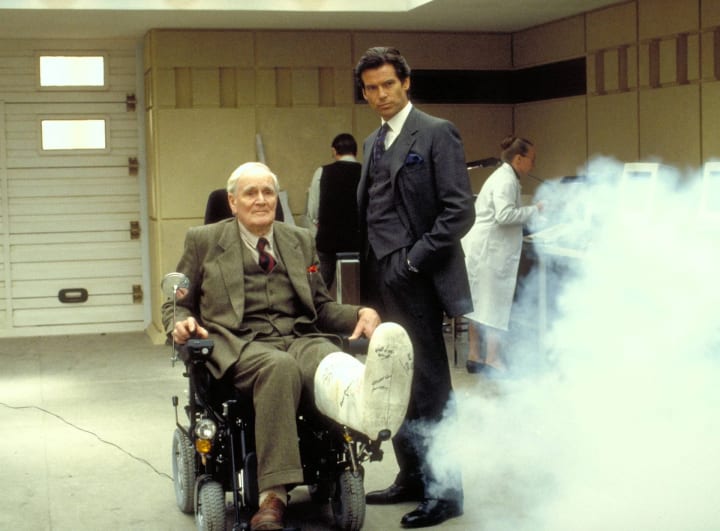
However, the most notable piece of casting in "GoldenEye" is, of course, Pierce Brosnan as James Bond himself. Perhaps second only to Roger Moore, Brosnan was perhaps the most well-known actor before he took on the role, and, as such, I think there was a huge sense of expectation thrust upon him. Brosnan's take on Bond feels like a combination of Sean Connery and Roger Moore: the wise-cracking jokes of Moore, with the hard and dark edge of Connery, and, perhaps, a little of the emotional vulnerability of Lazenby's Bond. As such, he feels somewhat like the ultimate Bond: an approximation of all the best elements of the Bonds of the past. However, in many ways, this can make his character feel slightly nebulous, and, say, unlike Daniel Craig's laser sharp approach to the role, Brosnan's character sometimes moves from one version of Bond to the other, depending on what mood and tone the producers want for the film. It doesn't help that, in "GoldenEye" at least, Brosnan looks like it's taking some time for him to settle into the role, and it therefore means that you aren't immediately convinced by him in the same way that, say, Timothy Dalton or Daniel Craig did in their first Bond films. I will make no secret of the fact that, out of the five actors to have played the role in more than one film (it's hard to measure Lazenby against the others because of that fact), Brosnan is my personal least favourite, but I do think he has some wonderful chances to shine in his films, and "GoldenEye" offers up a number of opportunities for him to show off how good an actor he is. He's phenomenal in the action sequences, and is able to provide some emotional sensitivity in the slower, more emotive sequences. He's perhaps a little too well-groomed (an issue that I feel affects the whole franchise around this time, not just the character of Bond himself), but that doesn't take away just how successful he was in the role. The casting of someone like Brosnan not only brought some class to the part, but it brought some street cred with it as well, and, I suspect, Brosnan's casting was part of the reason why this film ended up heralding a new wave of Bond mania. He may not be a personal favourite, but "GoldenEye" gives a chance for Brosnan to really show off, and he really does step up to the challenge.
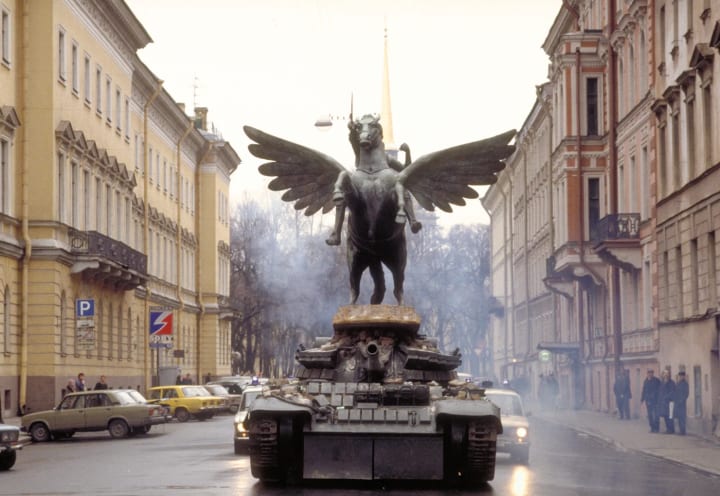
One aspect of this film that doesn't disappoint are the production elements. Like the best James Bond films, everyone is singing from the same hymn sheet on this one, and they are working in unison in order to create something incredibly satisfying. This comes right from the top: director Martin Campbell has such a clear vision for this film, and he brings so much passion and love to the film. He brings a gritty action style that few directors had ever brought to Bond before, and it helps to make the danger genuine and real: something that some of the previous Bond films were sorely lacking. It's a shame this approach wasn't continued in some of the other Brosnan films: because it brings Bond back into a world that it had become slightly detached from (even the Dalton films suffered from this issue): that of the real world. The final fight between Bond and Trevelyan is very similar to the Bond/Red Grant conflict in "From Russia With Love", and, in many ways, Campbell echoes the director of that film, Terence Young, quite a lot here. He handles every element superbly: action, comedy, emotion, the lot. No wonder he was brought back to handle "Casino Royale". The production work is uniformly excellent: from sets to costumes to effects. The latter of these is particularly memorable, being the final work of special effects supremo Derek Meddings, who had worked on a number of James Bond films prior to this, as well as most of the programmes produced by the late, great Gerry Anderson. His contribution here is immense: some of the effects shots are phenomenal, and his sense of scale with regards to the miniatures is immense. I'm glad the film was dedicated to his memory, as these things are often overlooked, but they are so key to the film's success. This was also the first James Bond film to use Computer Generated Imagery (CGI), and I think the blend of practical effects work, and animated material, is fantastic. The titles, while not quite as alluring and captivating as the work of Maurice Binder, are brilliantly put together, and reflect the changing world that Bond now found itself in really well. It's a shame then, that Eric Serra's score doesn't quite match up to all the other elements of this film. It is decent, and some of the cues themselves are fantastic, but, on the whole, it seems out of place with the rest of the film. It's a shame, but it did need something with a little more oomph, I feel. The same can't be said for Tina Turner's title song, which is (if you'll pardon the pun) simply one of the best. I love it: Turner's playful and sultry vocals, combined with Nelle Hooper's synth/rock production make a powerful combination, and, out of the four title songs for the Brosnan films, this remains my favourite. It's simply divine.
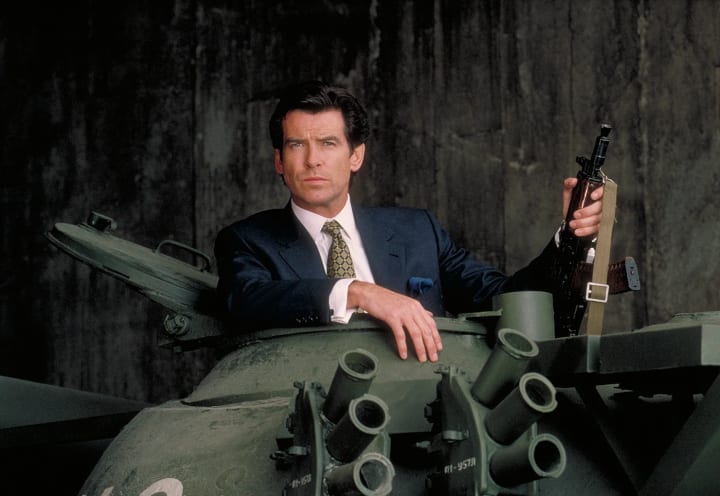
Overall, then, "GoldenEye" may be seen by many as one of the best Bond films. For me, while I think there is a lot to like about "GoldenEye", I think it just doesn't quite reach the heights it could. There are lots of good ideas here, but I think this film needed to go further with some of these key ideas. Things like the duality of the Bond/Trevelyan characters, the relationship between Bond and Natalya, and the changing role of Bond in a world post-Cold War are all great ideas, but none of them are given the chance to develop and grow beyond 'attempt to bring 60s Bond into 90s setting'. As I say, it's a shame, because "GoldenEye" could have been a really great Bond film, and is, in may ways, a very enjoyable Bond film. I just think it falls down in the areas where it really matters, and could have been so much more. However, fortunately for the franchise, "GoldenEye" was a runaway critical and box office success. It paved the way for more James Bond films - but would they be able to maintain the same standard as "GoldenEye"? Time would tell...
You can purchase "GoldenEye" on Blu-Ray from Amazon by clicking on the link below, and from all good Blu-Ray and DVD shops.
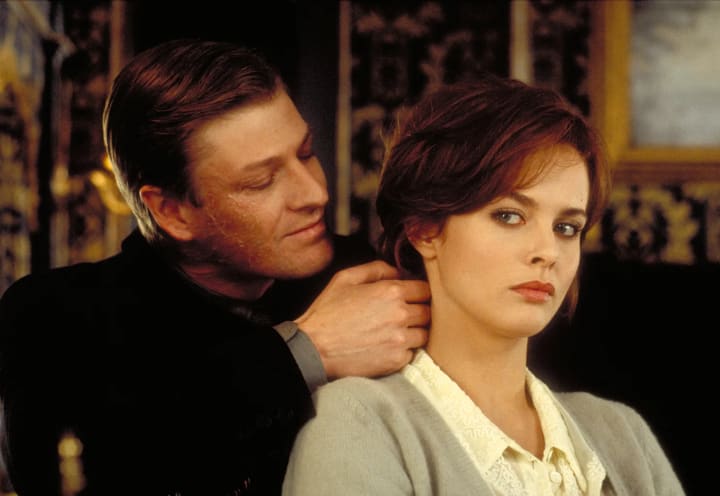
All pictures copyright to EON Productions. Thank you very much for reading.
JAMES BOND WILL RETURN...
About the Creator
Joseph A. Morrison
26. Fan of Doctor Who, Blake's 7, The Prisoner and more old-fashioned TV. Reviewer, wannabe writer and general twit.

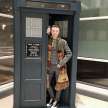




Comments
There are no comments for this story
Be the first to respond and start the conversation.